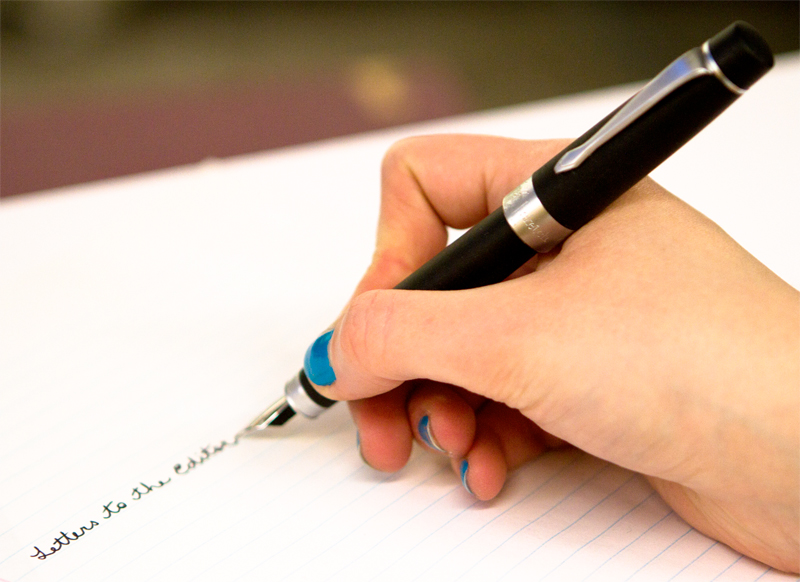In accordance with Call to Action 80, presented to the Canadian government by the Truth and Reconciliation Commission (TRC) as one of 94 recommendations for reconciliation with Indigenous communities in Canada—the federal government has the National Day for Truth and Reconciliation in the works. While currently a behind-the-scenes discussion, when the House of Commons reconvenes, it will become a parliamentary forum so that Indigenous groups, leaders, and residential school survivors can add their input to the proposed bill. This includes deciding if it should be an official statutory holiday or only one of symbolic importance.
The bill was introduced last month by New Democratic Party (NDP) Member of Parliament, Georgina Jolibois. It proposes that the day of June 21—currently National Indigenous Peoples Day—be changed to a statutory holiday, meaning that all federal buildings would be closed. According to the Vancouver Courier, the Trudeau government is intending to back this bill and change National Indigenous Peoples’ Day to the National Day for Truth and Reconciliation.
But is simply introducing a statutory holiday truly enough to apologize to the Indigenous community for what the Canadian government did for generations?
In an interview with the National Post, Lorraine Augustine, the chief of the Native Council of Nova Scotia (NCNS), said, “How can you honour (residential school survivors) after what you’ve done to them? No amount of apology, no amount of money is going to take away the hurt and what they went through.”
Similarly, residential school survivor Evelyn Korkmaz stated in an email to the National Post, “Who wants to be reminded every year your country and church betrayed and destroyed your innocence? No thanks.”
Over a century and a half, over 150,000 children were ripped from their parents’ homes, and forced into schools intended to eliminate Indigenous ways of life. From beatings, to malnourishment, to child labour and rape—physical, emotional, and sexual abuse ran rampant in the schools run by the Church.
Children were forced to assimilate into what the church considered the “ideal” Indigenous child—ones who didn’t speak their native language or participate in their cultural traditions. These schools were a way to annihilate Indigenous culture from Canadian society—a way to “kill the Indian in the child.” This resulted in many generations of children stuck in limbo.
An article in the BC Medical Journal describes the proposed diagnostic term “residential school syndrome” as similar to post-traumatic stress disorder (PTSD). Those who experienced the residential school system have flashbacks, nightmares, and an avoidance of situations that may remind them of their traumatic experiences. The article also notes that substance abuse is common among survivors of the residential school system. A study published in the Public Health Reviews stated that “it was found that among 127 residential school survivors, all but two suffered from mental health issues such as PTSD, substance abuse disorder, major depression, and dysthymic disorder.”
According to a CTV News report, at least 3,200 Indigenous children died as a direct result of the residential school system. That is over 3,200 children who never returned home to the families they were ripped away from, who were denied a traditional burial—their bodies put in unmarked graves and covered up, like they never existed.
If the federal government believes that this national holiday and a formal apology seals the deal of reconciling with Indigenous communities, then they have another thing coming.
Many of the survivors of residential schools lived through horrors in these institutions. Why have a day to remember the legacy of these schools if it will only serve to reopen old scars and force survivors to relive old traumas?






